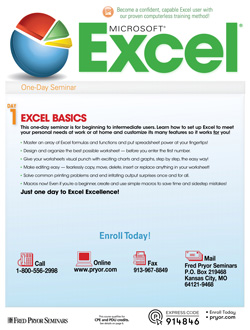Trends in ELearning
White Paper
Educational institutions and business organizations continue to embrace the benefits of online training classes and solutions. Today, 77 percent of domestic companies offer some form of online corporate training to improve the professional development of their employees. Technology-based learning time has increased by 29 percent.
These, online training statistics and adoption rates suggest professionals increasingly expect a future employer to offer eLearning as they seek to polish their resumes. Employers seek to stay competitive by providing employees with advanced training.
Research indicates online training, as a methodology and toolset, supports the needs of both business and customer demands. Cloud-based software is making it easier and cost-effective for businesses to update their training materials. eLearning platforms support cost-effective customization allowing highly specific training and organizational needs to be met based on the employee audience.
This white paper takes a closer look at three key eLearning trends continuing to gain popularity:
- Personalized learning
- Big data and the cloud
- Mobile devices


